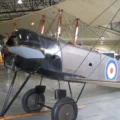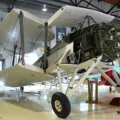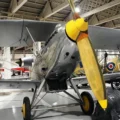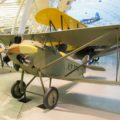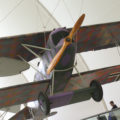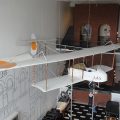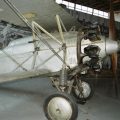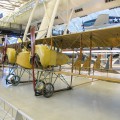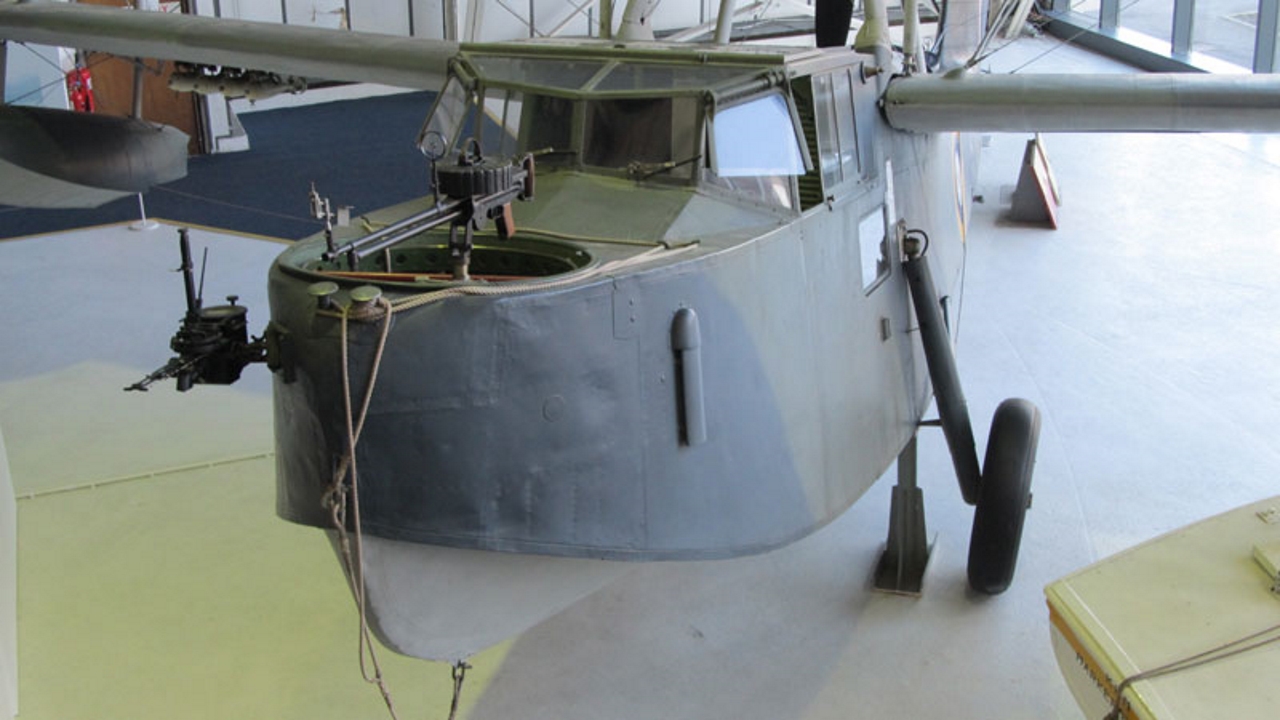
Supermarine čajka V | |
|---|---|
| Krajiny | Uk |
| Úlohu | Obojživelné prieskumné lietadlá |
| Prvý let | 21. júna 1933 |
| Postavený | 740 |
Komisia Supermarine Walrus (originally known as the Supermarine Seagull V) was a British single-engine amphibious biplane reconnaissance aircraft designed by R. J. Mitchell and first flown in 1933. It was operated by the Fleet Air Arm (FAA) and also served with the Royal Air Force (RAF), Royal Australian Air Force (RAAF), Royal New Zealand Navy (RNZN) and Royal New Zealand Air Force (RNZAF). It was the first British squadron-service aircraft to incorporate in one airframe a fully retractable main undercarriage, completely enclosed crew accommodation and all-metal fuselage. Designed for use as a fleet spotter to be catapult launched from cruisers or battleships, the Walrus was later employed in a variety of other roles, most notably as a rescue aircraft for downed aircrew. It continued in service throughout the Second World War.
Zdrojový: Supermarine Seagull V na Wikipédii
| Supermarine Seagull V Prechádzanie po okolí | |
|---|---|
| Fotograf | Cees Hendriks |
| Lokalizácia | Neznáme |
| Fotografie | 41 |
| Supermarine Walrus Mk.I (Seagull V) Walk Around | |
|---|---|
| Fotograf | Neznáme |
| Lokalizácia | Neznáme |
| Fotografie | 42 |
Pozri tiež:
| Supermarine Seagull Mk.V | |
|---|---|
| Fotograf | Vladimír Jakubov |
| Lokalizácia | Preskúmať: Múzeum RAAF, Point Cook |
| Fotografie | 96 |
Komisia Supermarine čajka V bol britský obojživelný dvojplošník, ktorý bol navrhnutý na prieskumné a pozorovacie misie z námorných plavidiel. Bol tiež známy ako Supermarine Walrus a bol to posledný dvojplošník lietajúci čln, ktorý vyrobila spoločnosť Supermarine. Seagull V prvýkrát vzlietol v roku 1933 a do služby vstúpil v roku 1935 v Kráľovskom austrálskom letectve, po ktorom nasledovalo Kráľovské námorníctvo, Kráľovské letectvo a ďalšie vzdušné sily Commonwealthu. Seagull V mal jeden motor Rolls-Royce, ktorý poháňal dve protibežné vrtule a zaťahovací podvozok, ktorý mu umožňoval pristáť na vode aj na súši.
Komisia Čajka V mal štvorčlennú posádku a mohol niesť bomby, hĺbkové nálože alebo svetlice. Počas druhej svetovej vojny sa používal na rôzne úlohy, ako napríklad námorné hliadky, letecko-námorná záchrana, protiponorková vojna a sprievod konvojov. Seagull V bol tiež schopný vykonávať akrobaciu, čo demonštroval jeho testovací pilot na leteckej šou v roku 1933. Seagull V bol nakoniec nahradený modernejšími lietadlami a vrtuľníkmi a koncom 40. rokov bol vyradený zo služby.
Prezretí: 2566



